
Redness Near Nose: Causes and How to Treat It
Have you ever glanced in the mirror and questioned yourself why your nose is red? Redness near nose is a frustrating problem. It can make you feel self-conscious. Whether it’s a slight flush or an aggressive blotch, knowing what’s behind that irritation is the first step toward calming it down for good. Keep reading to learn the causes and discover solutions that restore your skin’s balance.
Causes of redness around the nose
The skin around the nose is delicate and reactive. A combination of environmental triggers, underlying skin conditions, and lifestyle habits can contribute to the development of red skin near nose. Below are some of the most common causes
Dry skin or over-exfoliation
Applying scrubs or harsh exfoliants can be rough on your skin and deprive it of its natural oils, resulting in dryness, irritation, and redness around the delicate nose area. Remember that overexfoliated skin is a key cause of redness.
Seborrhoeic dermatitis
This condition is characterised by red, scaly patches that usually appear around the nose, eyebrows, and sometimes the scalp. It is associated with overproduction of oil and a yeast that resides on the skin, and it often worsens in winter
Rosacea
Rosacea is a long-term skin disorder that leads to persistent redness, flushing, and sometimes broken capillaries, particularly on the central face, including the nose. It may also feel warm or sting when triggered by heat, alcohol, or spicy foods.
Allergic reactions or irritants from skincare products
Fragrances, preservatives, and harsh ingredients in skincare products can cause contact dermatitis, which presents as red, inflamed, and sometimes itchy skin near the nose
Weather changes
Excessive sun exposure can damage the skin barrier and cause inflammation and redness to exposed areas, especially around the nose. That’s why you need a great sun protection product, such as the Dewy Hydrating Hybrid Sunscreen SPF 50+. Even exposure to harsh elements, such as cold wind and dry air, can cause redness
Frequent blowing of the nose due to cold or allergies
If you're constantly wiping or blowing your nose, you can cause friction and mechanical irritation, which leads to chafing, dryness, and redness on either side of the nostrils.
Broken capillaries
Tiny blood vessels near the surface of the skin can burst due to pressure, sun damage, or ageing. These broken capillaries on face. often cause visible red lines or blotches, especially around the nose area.
Redness on sides of the nose: Treatment options
Once the cause is identified, redness on sides of nose treatment should aim to soothe, repair, and protect the sensitive skin. Simple skincare swaps and targeted products can go a long way in reducing redness
Use gentle cleansers
Choose a mild, non-foaming cleanser like the Clearing & Calming Acne Face Wash that respects the skin’s natural barrier. Avoid anything with strong surfactants or synthetic fragrances, which can exacerbate irritation.
Moisturise with a calming cream
Hydration is key. Products like the Waterlight Gel Moisturiser with barrier-repairing ingredients like hyaluronic acid help to lock in moisture, while niacinamide and panthenol offer soothing and anti-inflammatory benefits.
Apply anti-inflammatory ingredients
Aloe vera, calendula, green tea extract, and chamomile are excellent natural ingredients to calm inflamed skin. These reduce redness without causing additional irritation.
Avoid hot water, harsh scrubs, and alcohol-based products
Hot water can dilate blood vessels and worsen redness, while scrubs and alcohol-based products strip and irritate the skin. Stick to lukewarm water and gentle formulas
How to prevent redness around the nose
Prevention is often easier than treatment, especially when it comes to sensitive or redness-prone skin. A few mindful steps in your daily routine can help maintain skin balance and prevent flare-ups.
Stick to a gentle, soothing skincare routine
Stick to a gentle, soothing skincare routine Consistency matters. Use products like the Acne Care & Healing Gel Moisturiser with Tea Tree & Cica formulated for sensitive skin, and avoid introducing multiple new products at once, which can disrupt the skin’s equilibrium.
Avoid harsh exfoliants and alcohol-based toners
Strong exfoliants like glycolic acid or physical scrubs can inflame the skin, especially near the nose. Toners containing alcohol may dry out the skin, making permanent redness around nose more likely.
Use sunscreen daily, even on cloudy days
UV rays can aggravate rosacea, trigger inflammation, and damage capillaries. A daily SPF of 30 or higher, ideally mineral-based, helps shield the skin without irritation. It’s essential to know how to use sunscreen everyday in right manner
Stay hydrated and protect your skin from wind and cold
Drink plenty of water and apply an occlusive moisturiser before stepping out in cold or windy weather. A scarf or face covering can also physically protect your skin
Track and avoid personal triggers
Triggers vary from person to person. Keeping a skin diary can help you pinpoint if spicy foods, stress, or alcohol tend to make your skin flare up and allow you to adjust your habits accordingly
Conclusion
Redness around the nose might be minor, but it can make you feel self-conscious and uncomfortable. Whether due to environmental flare-ups, your skin-care habits, or an underlying skin condition, the good news is that it’s typically manageable with a little bit of love and thoughtful decisions. Concentrate on calming, protecting, and nurturing your skin, and before you know it, you’ll see a calmer, clearer nose
FAQs:
What causes redness around the nose that won’t go away?
Persistent redness may indicate an underlying skin condition like rosacea or seborrhoeic dermatitis. It’s best to consult a dermatologist for an accurate diagnosis and appropriate treatment.
Can moisturiser help with redness near the nose?
Yes, a calming moisturiser with barrier-repair ingredients like ceramides and niacinamide can reduce inflammation and help heal irritated skin
Is it safe to use cortisone cream for redness on the face?
While hydrocortisone can temporarily reduce inflammation, it should be used sparingly and not for long-term use on the face without medical supervision, as it can thin the skin.
How do I know if it’s rosacea or just irritation?
Rosacea often includes persistent redness, visible vessels, and flushing, while irritation tends to resolve quickly once the trigger is removed. A dermatologist can help distinguish between the two.
What are the best products for redness-prone skin?
Look for fragrance-free, alcohol-free formulas with soothing ingredients like aloe vera, panthenol, niacinamide, and ceramides. Choosing products designed for sensitive skin is often a good starting point.

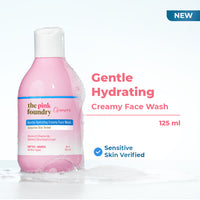
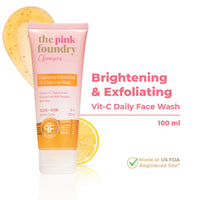
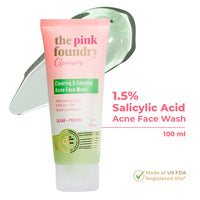
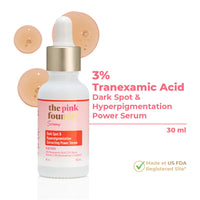
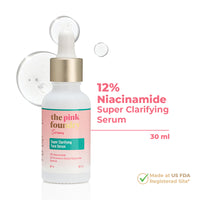
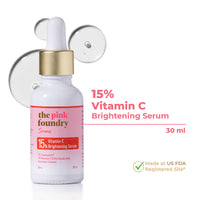
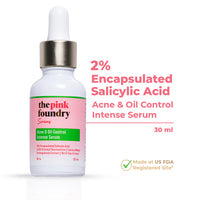
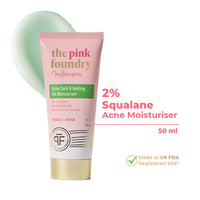
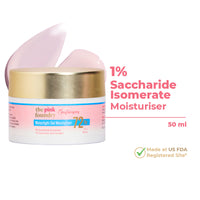
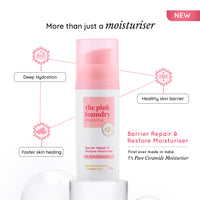
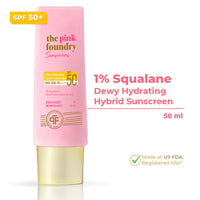
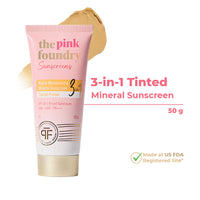
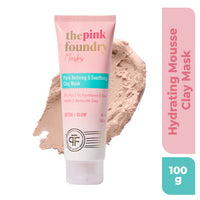
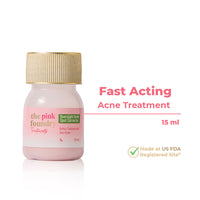
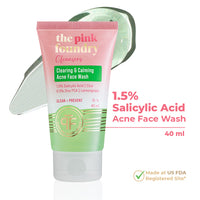
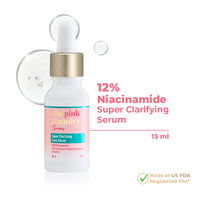
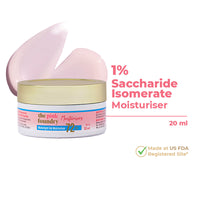

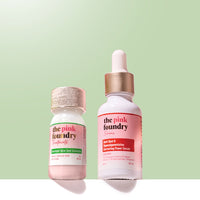
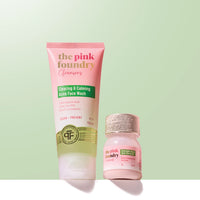
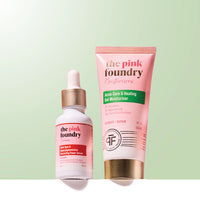
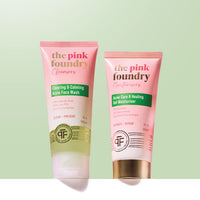
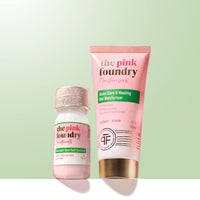
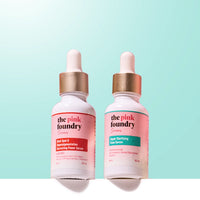
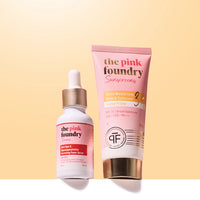
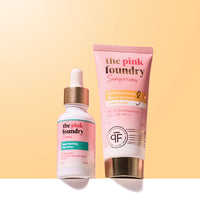
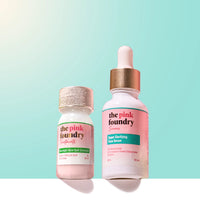
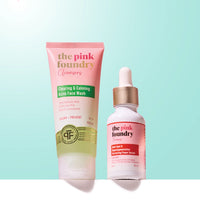
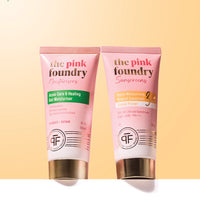
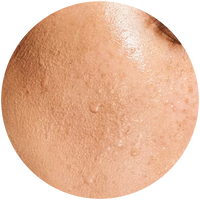
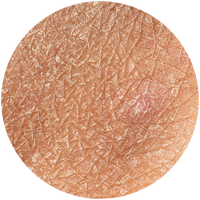
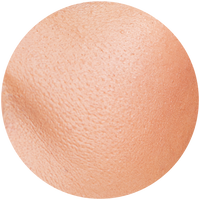
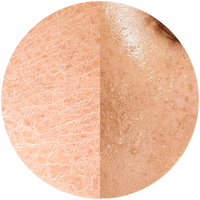
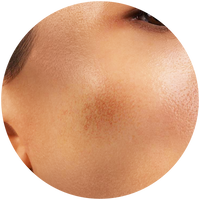
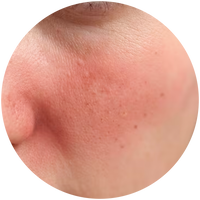
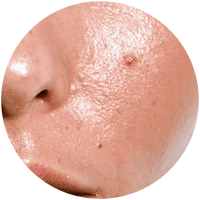
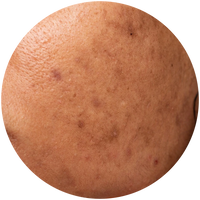
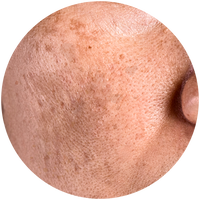
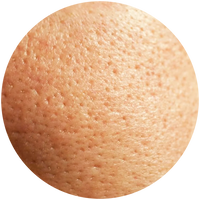
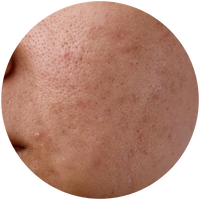
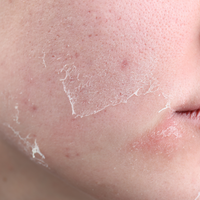
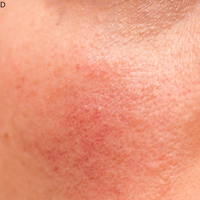
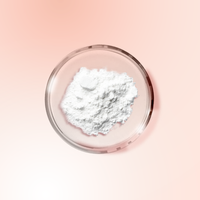
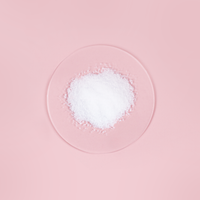
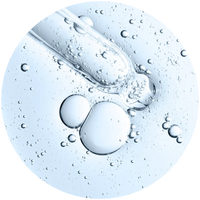
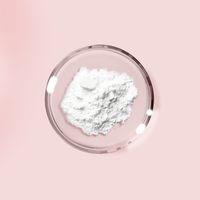
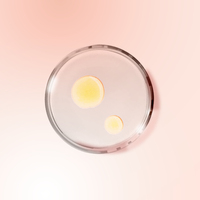
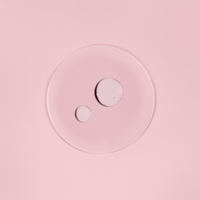
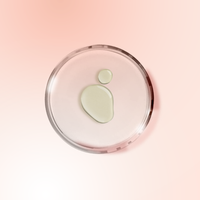
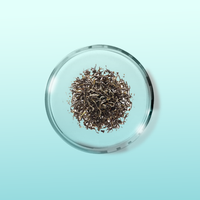
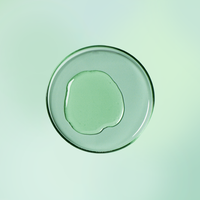
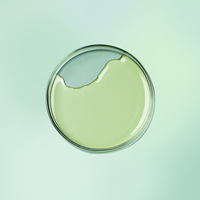
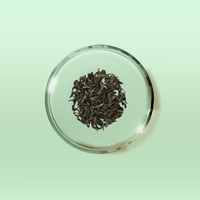


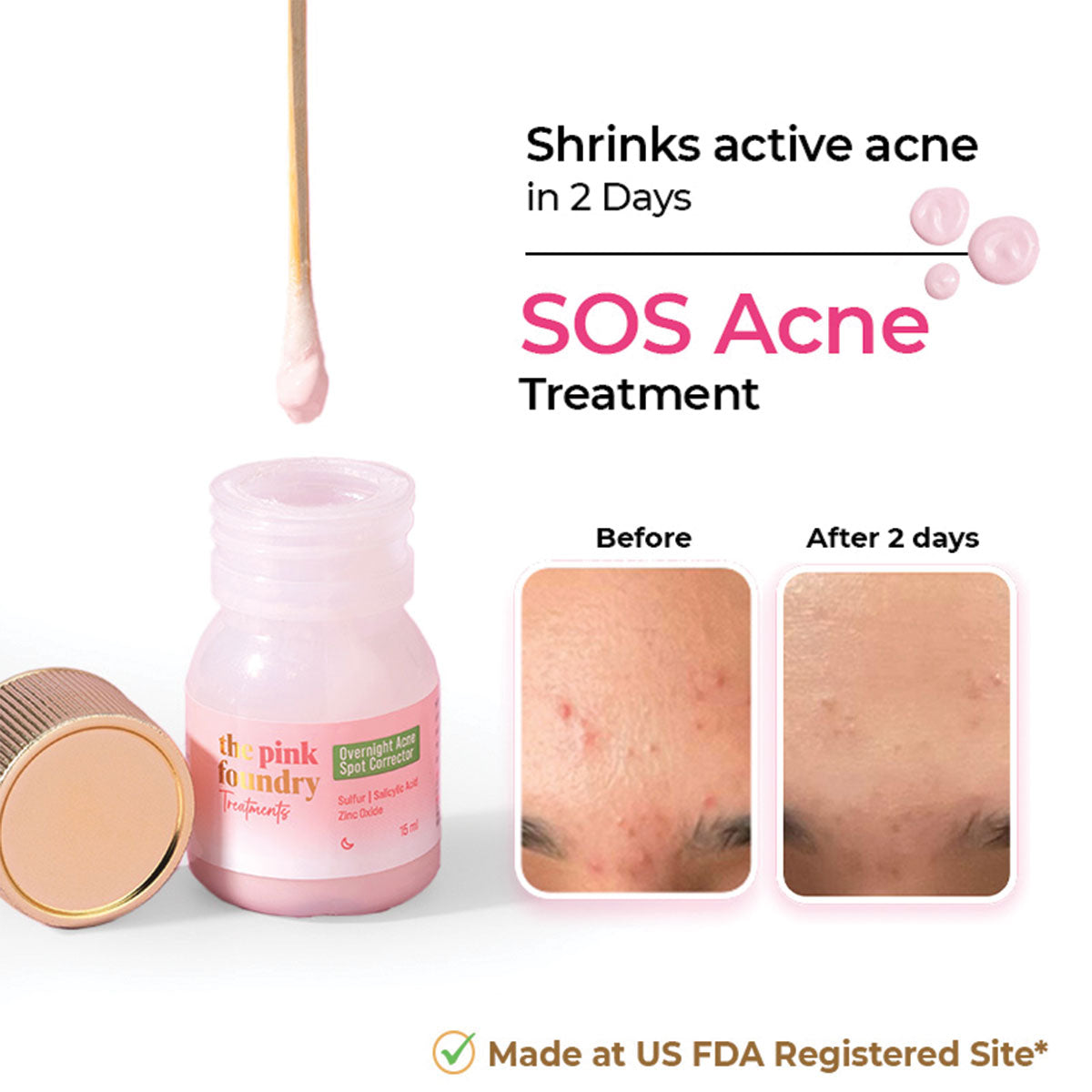
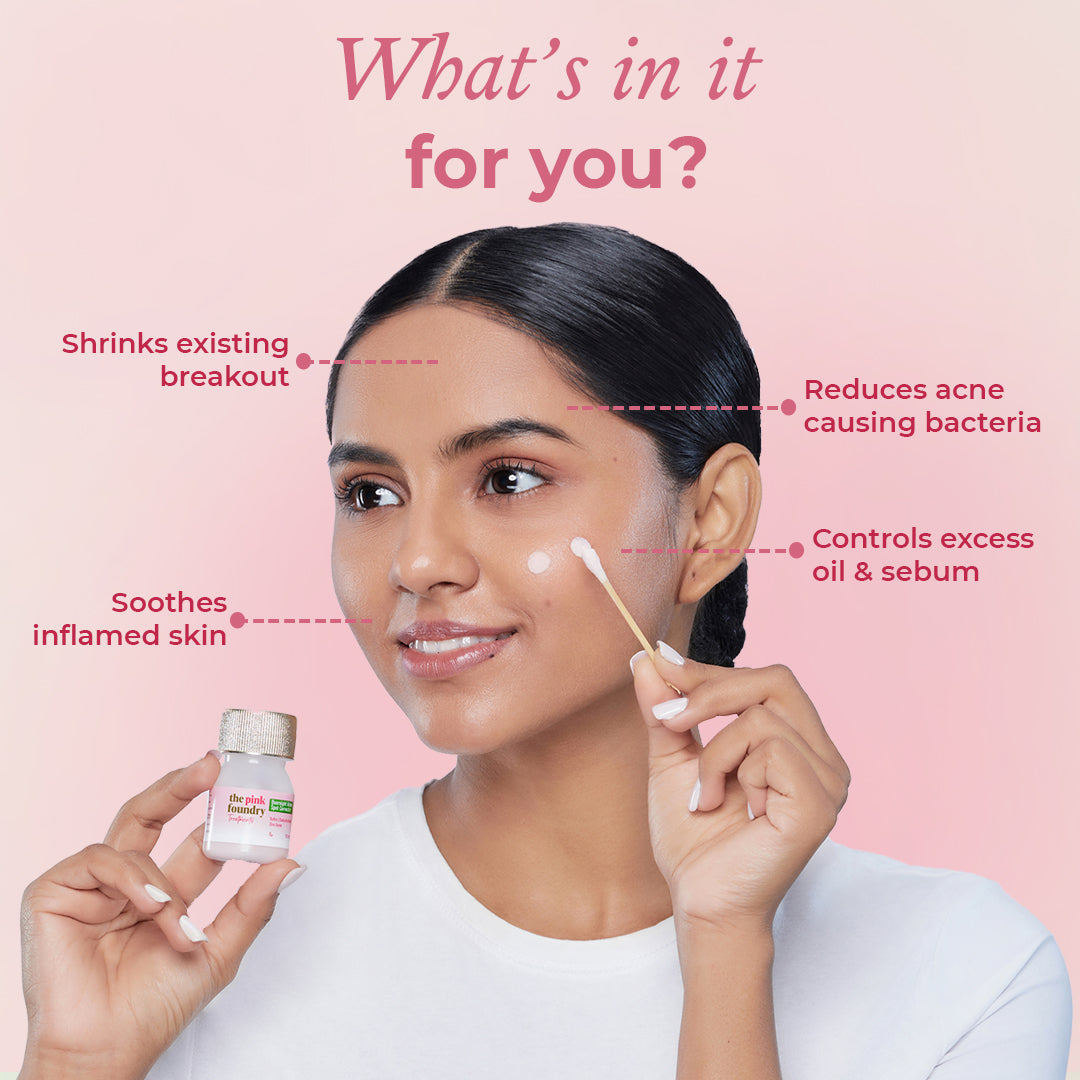
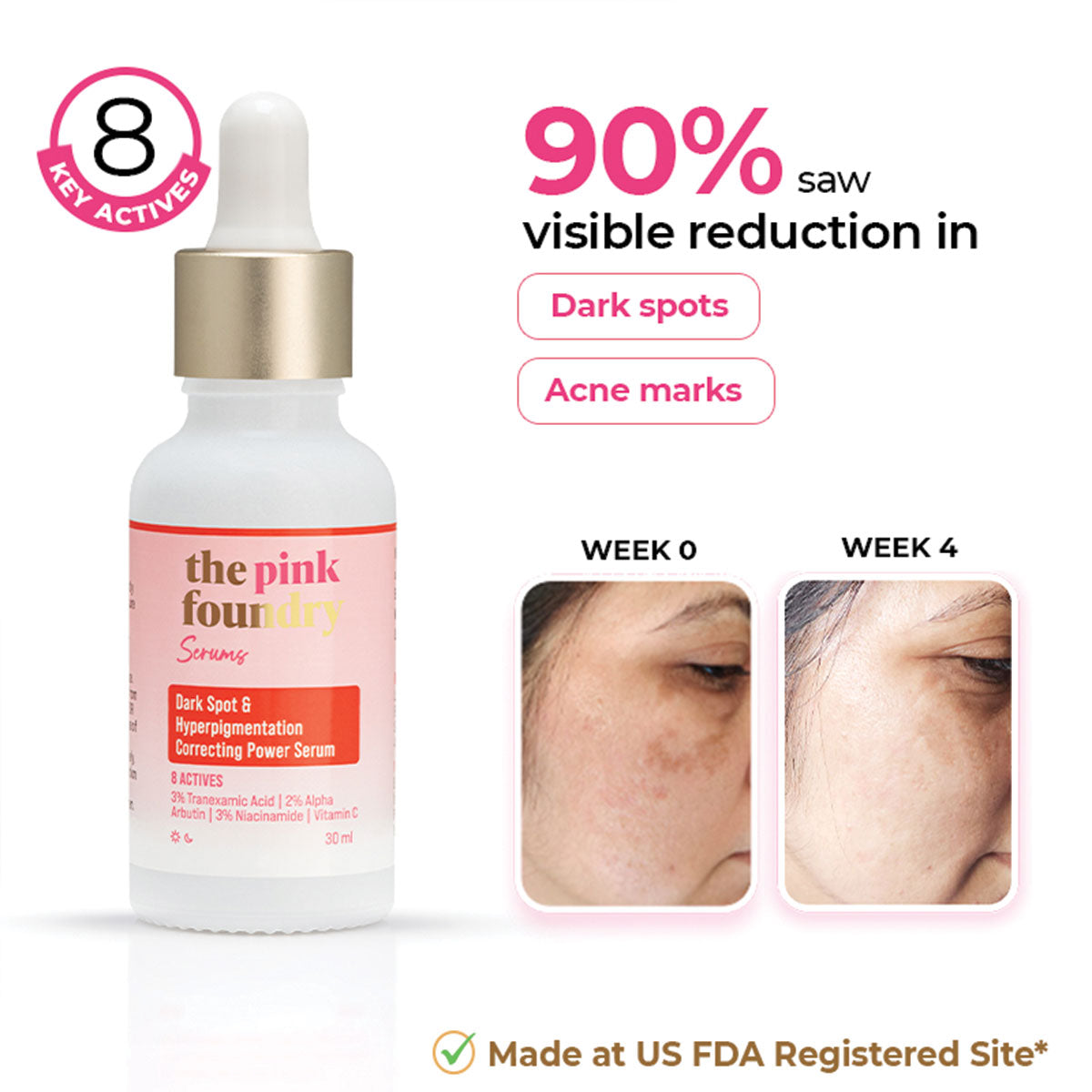
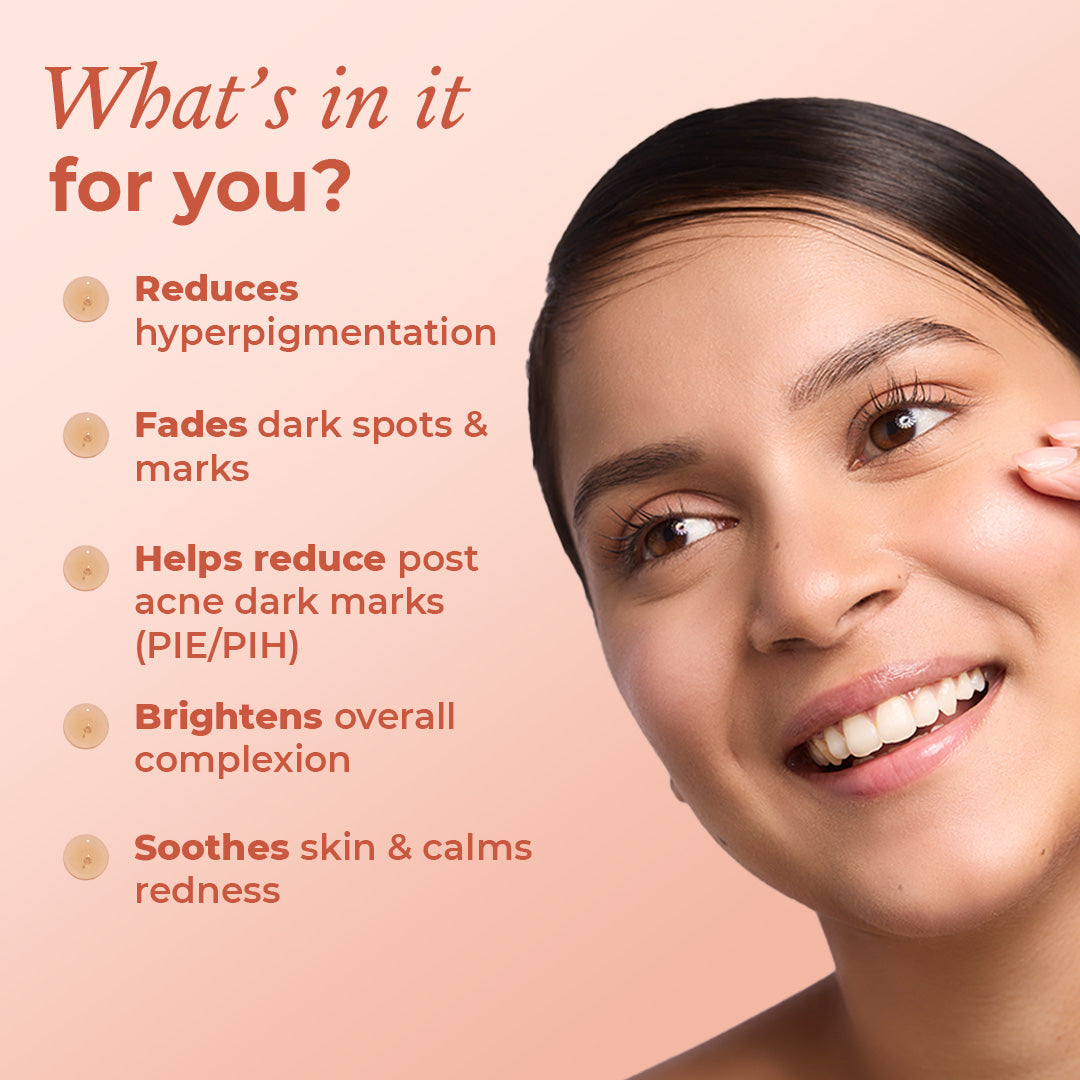
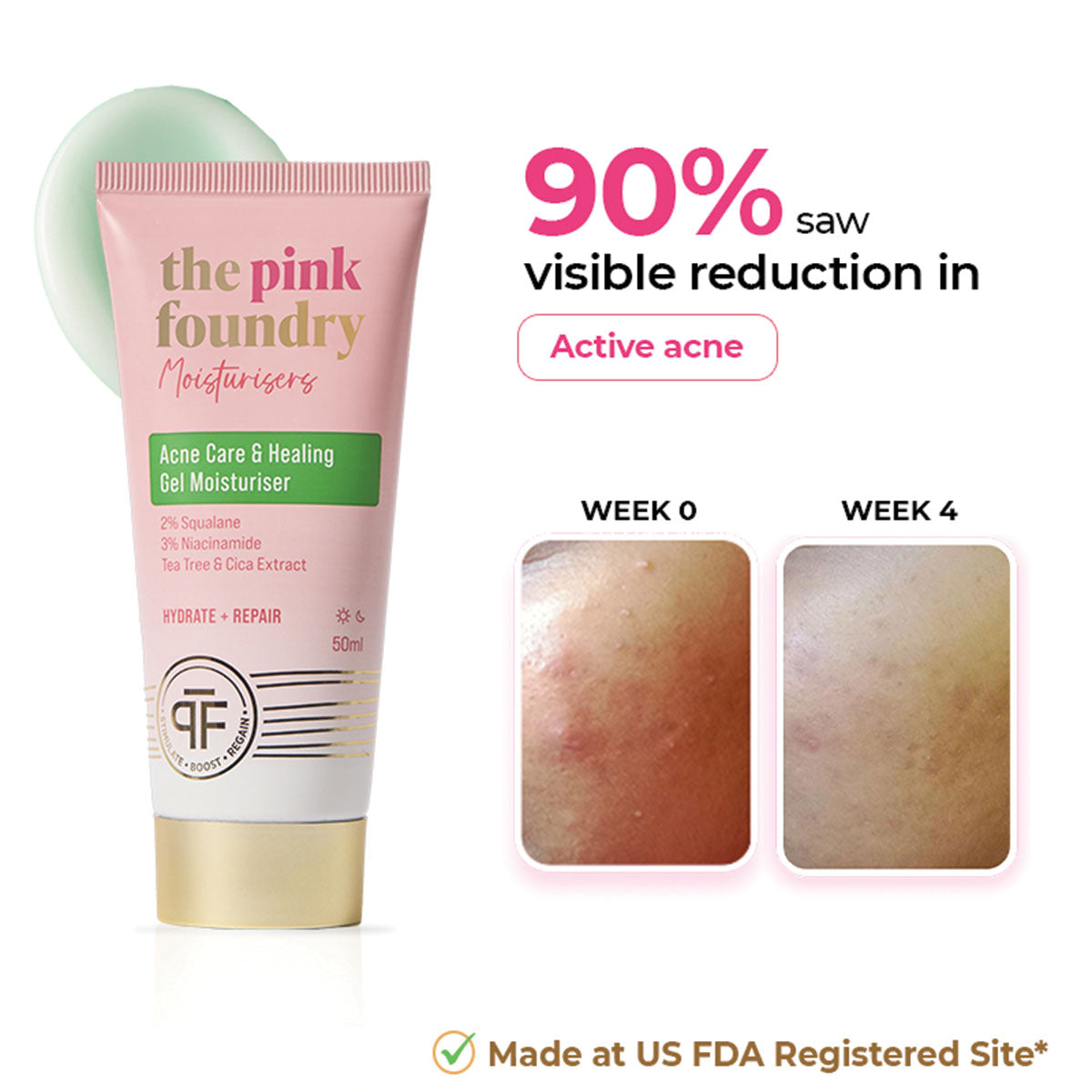
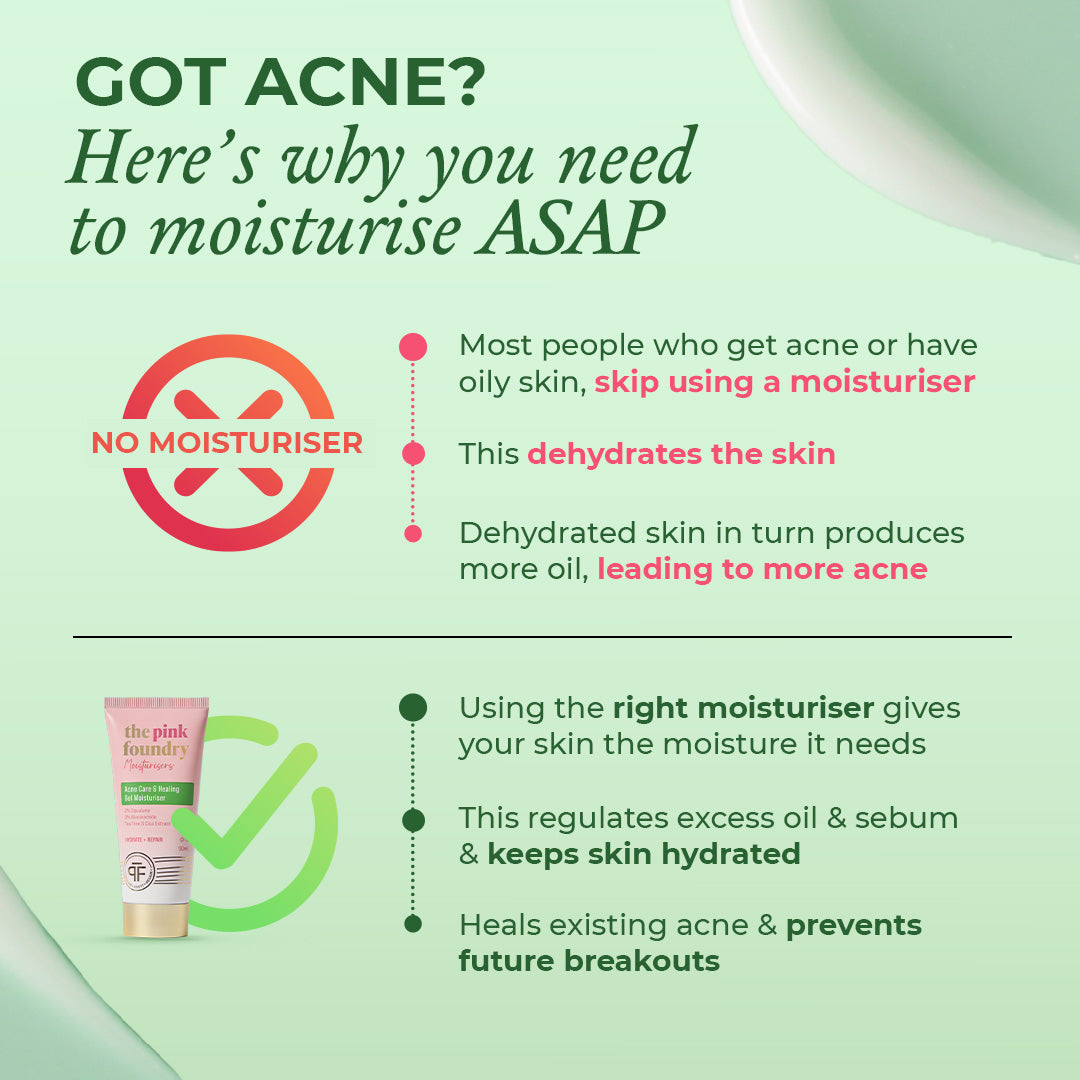
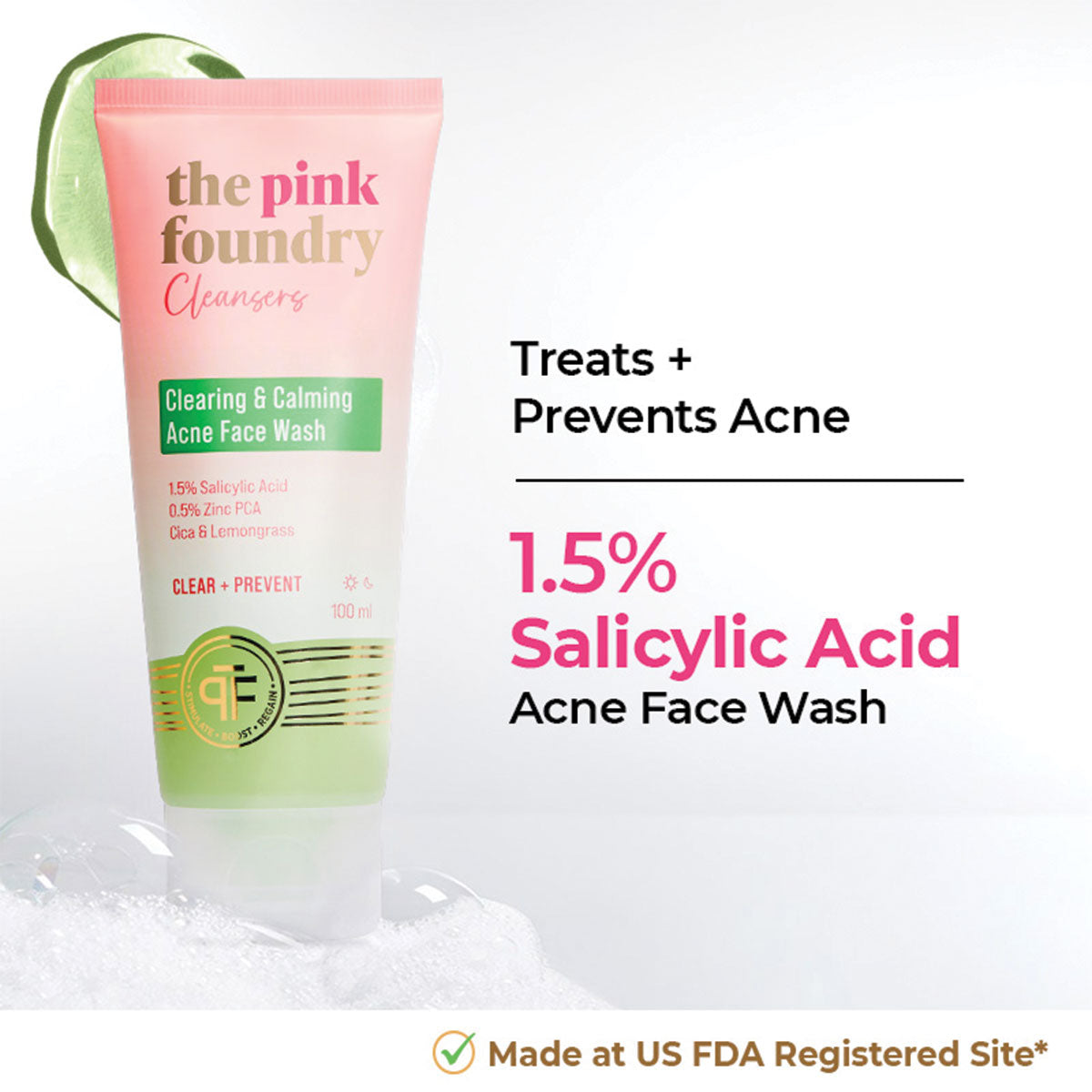
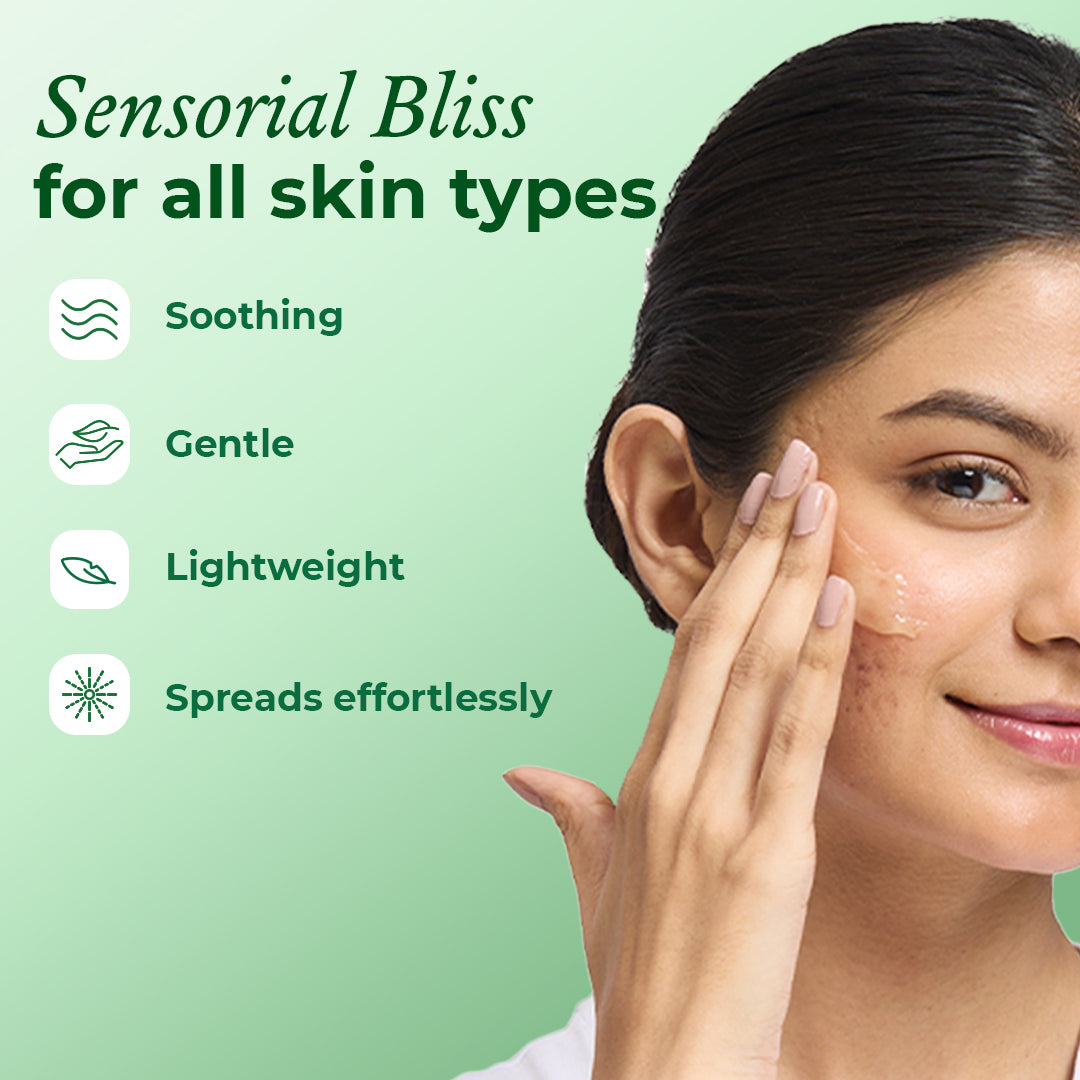
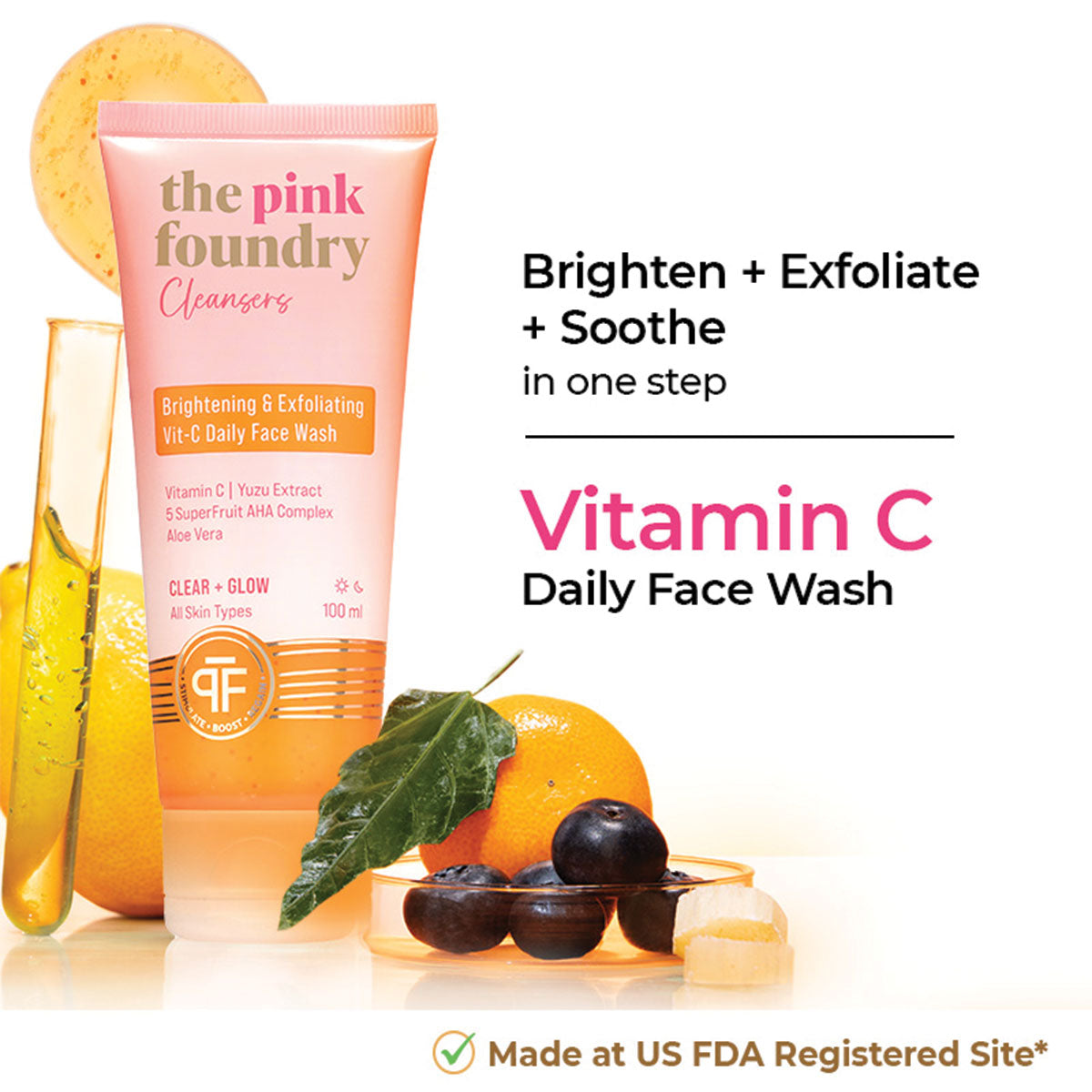
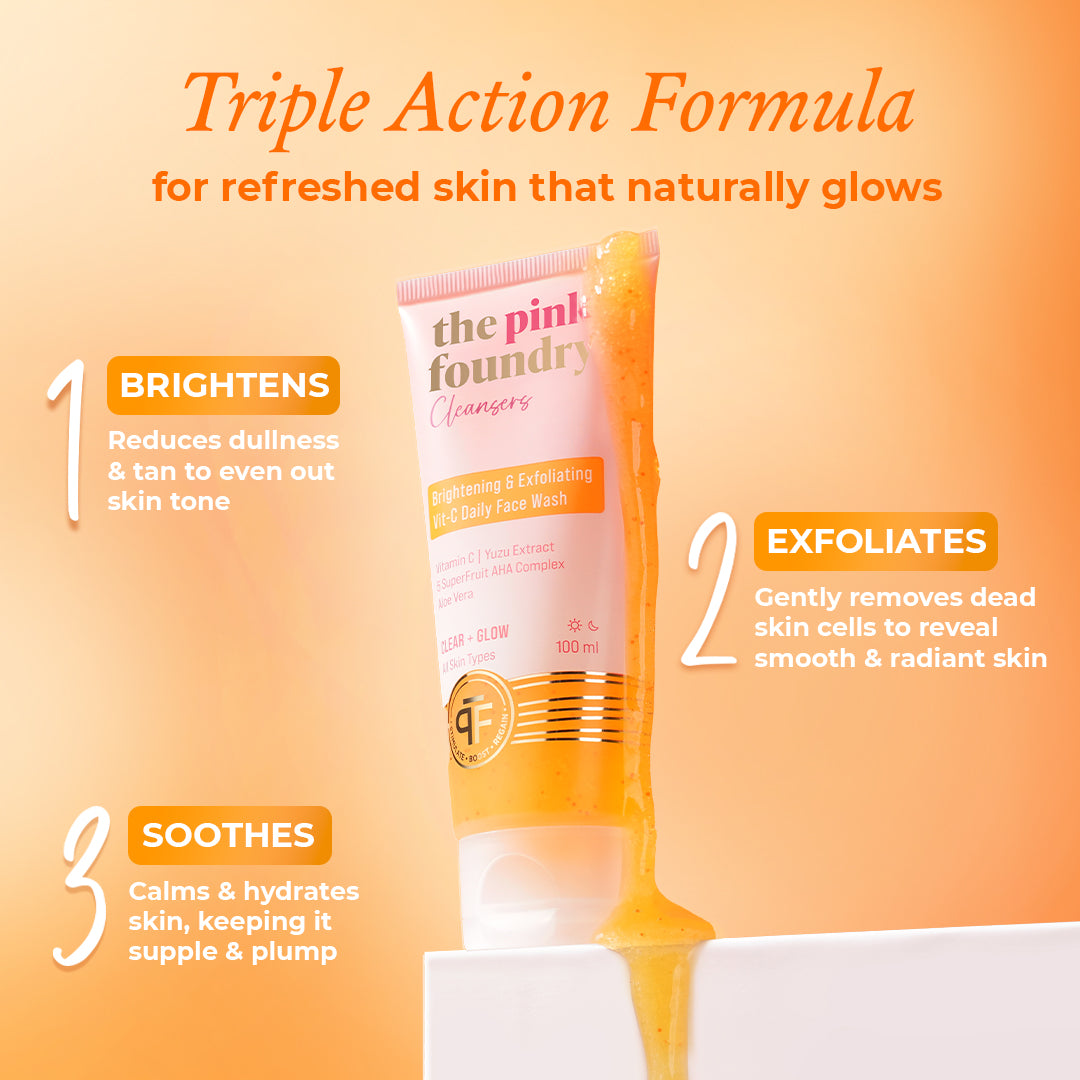

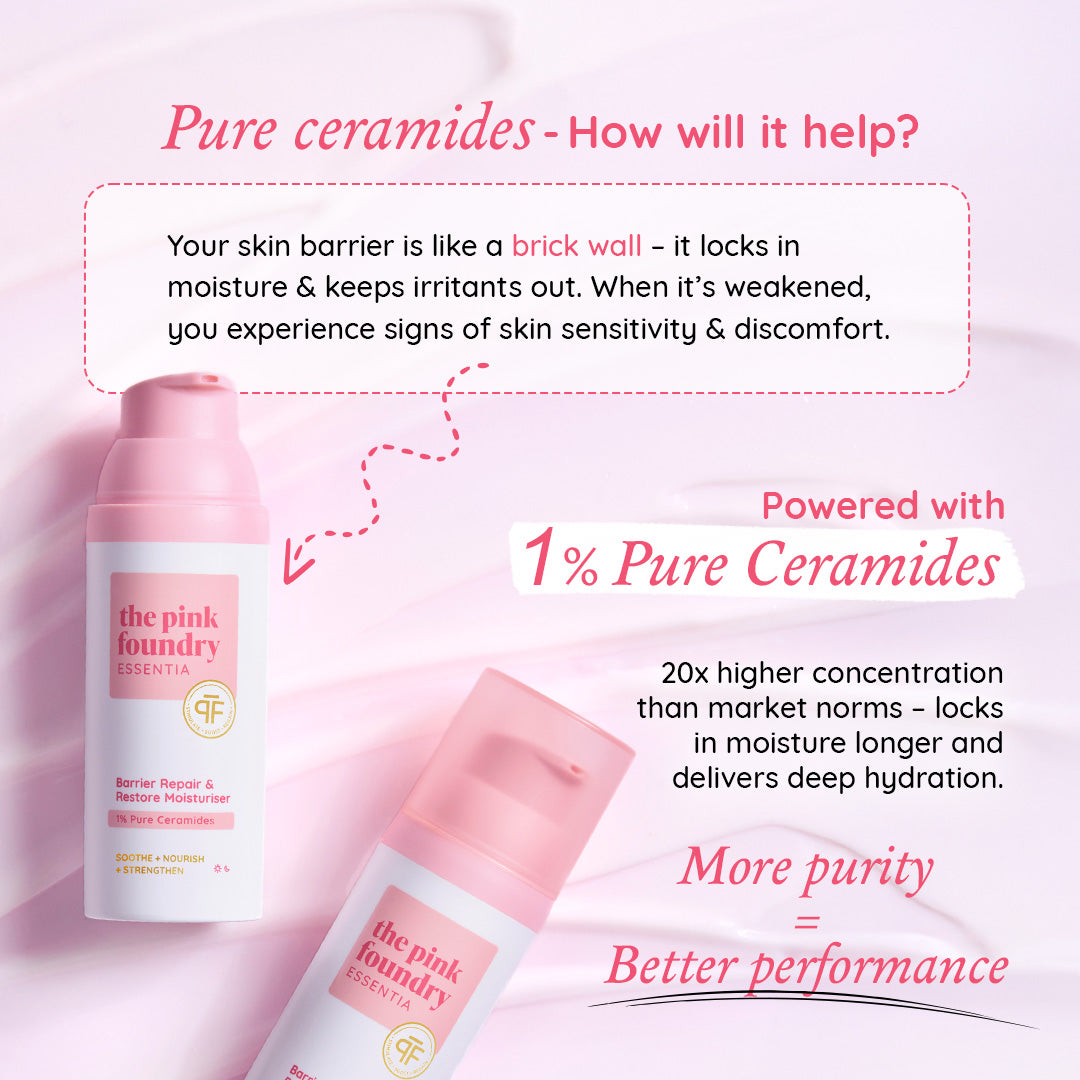




Leave a comment
This site is protected by hCaptcha and the hCaptcha Privacy Policy and Terms of Service apply.